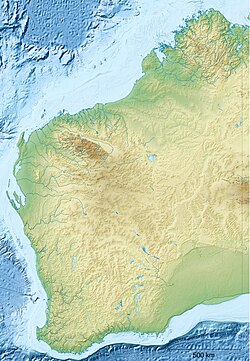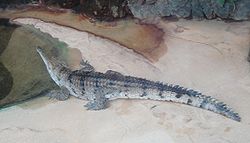| Lakes Argyle and Kununurra Ramsar Site | |
|---|---|
 View of Lake Argyle from space, looking south-east, with the Ord River valley and Lake Kununurra at lower left | |
| Location | Western Australia |
| Coordinates | 16°19′S128°44′E / 16.317°S 128.733°E |
| Area | 1,500 km2 (580 sq mi) [1] |
| Established | 7 June 1990 [1] |
| Official name | Lakes Argyle and Kununurra |
| Designated | 7 June 1990 |
| Reference no. | 478 [2] |
The Lakes Argyle and Kununurra Ramsar Site comprises an extensive system of artificial freshwater reservoirs, with their associated permanent wetlands, formed by damming the Ord River in the eastern part of the Kimberley region of northern Western Australia. The reservoirs include Lake Argyle and Lake Kununurra. There are numerous endemic plants and a rich fauna. The 1,500 km2 (580 sq mi) site was designated a wetland of international importance under the Ramsar Convention on 7 June 1990, making it Ramsar Site 478. [1]



